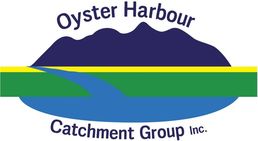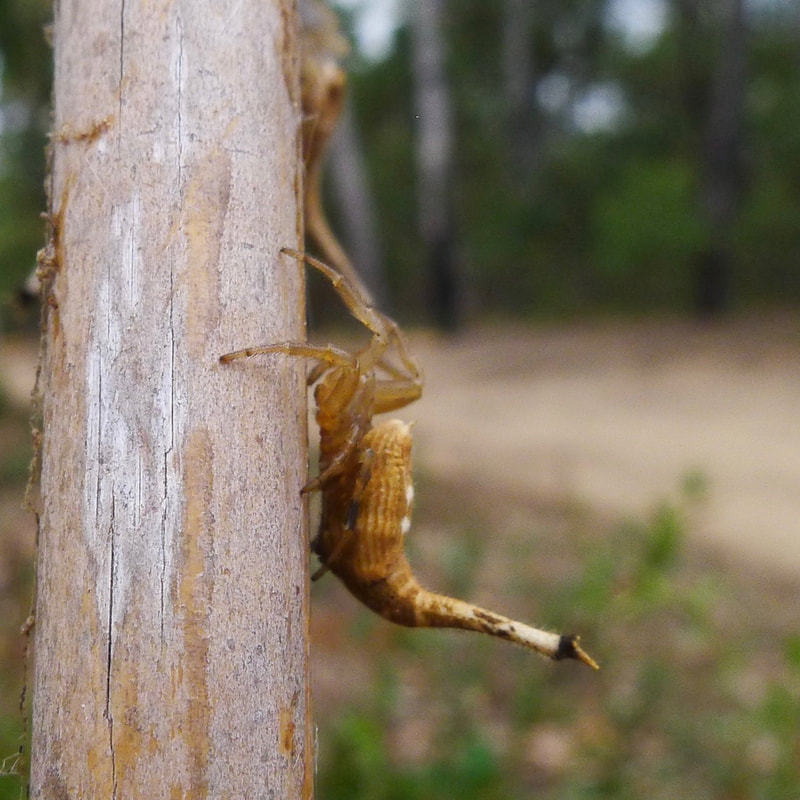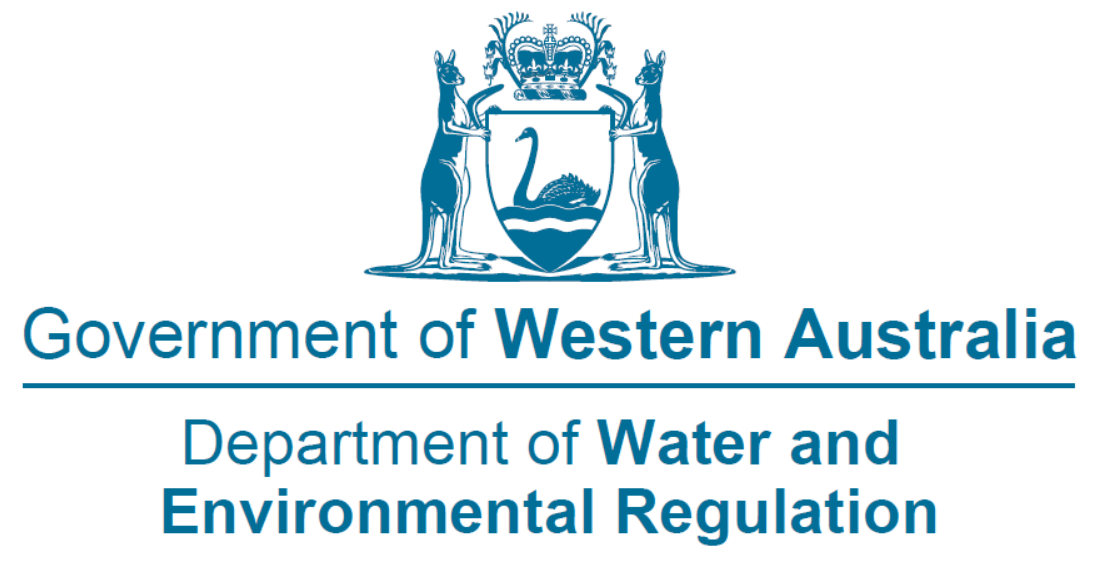Scorpion-tailed Spider
Arachnura higginsi
The Scorpion-Tailed Spider has an impressive degree of sexual dimorphism in particular the females averaging 16 mm but males only reaches an average length of 2 mm and the astonishing tail is only seen on the females.
This tail can be arched over their heads from behind into a scorpion-like position. It also increases in size with each molting. Though the adults are usually brown to cream the juveniles of the impressive frequently display brighter colors such as pinks, reds, and yellows.
This tail can be arched over their heads from behind into a scorpion-like position. It also increases in size with each molting. Though the adults are usually brown to cream the juveniles of the impressive frequently display brighter colors such as pinks, reds, and yellows.
Fun fact: The tail, though distinctive, remains harmless, and plays no role in hunting. It does, however, move it in a manner similar to a scorpion, as a deterrent to predators.
We acknowledge the Minang and Koreng people as the traditional custodians of the land on which we work and live. We pay our respects to the Elders, past, present, and emerging and to the wider Noongar community.
Sponsors and Supporters












